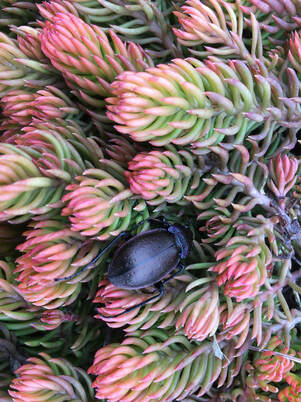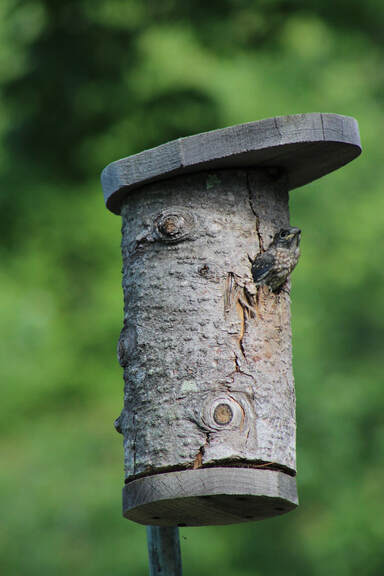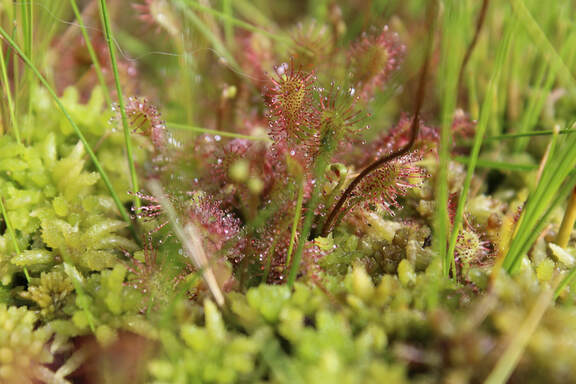|
Caterpillar hunter Ground Beetle searching in the Sedum Angelina.
|
My IPM (integrated pest management) system consists of, among other things, a healthy, compost enriched soil, crop rotation, watering when necessary, careful observation, hand picking pests, and growing plants where they fare best. That means planting shade lovers in the shade, sun lovers in the sun, dry soil plants and moist soil lovers where they belong, etc, etc. Beneficial insects (ladybugs, lacewings, etc.), toads, snakes, birds, and a host of other garden inhabitants do their part without being asked.
I don't use pesticides for pest problems because I feel they are detrimental and I don't have many pest problems. When I do encounter an obvious issue, I use only organically approved products which break down rapidly and harmlessly in the environment. Dish detergent and water in a spray bottle is my go-to choice, followed by horticultural oil and neem. The worst pests I have are probably Aphids on both Asclepias (Milkweeds) and Heliopsis. They are perhaps worsened by my negligence in sometimes not dealing with them sooner. Here's a few of my helpers. |
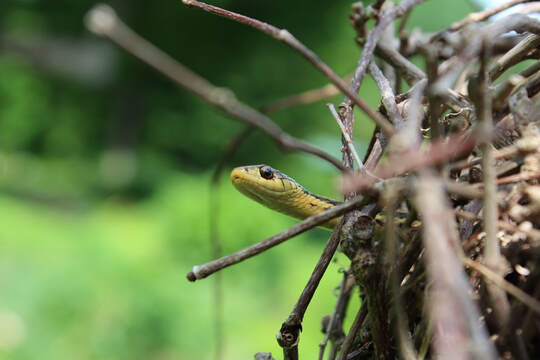
Garter snake. Sorry, I like snakes, and I've picked up a lot in the last 60+ years. Fortunately Maine is the only state with no poisonous snakes.
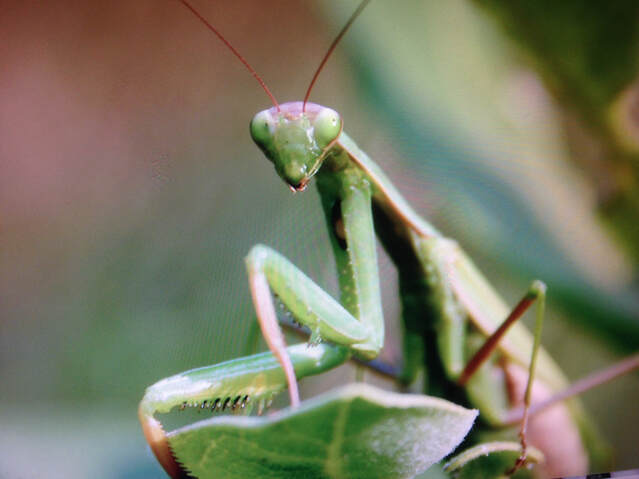
Female Praying Mantis staring at my camera. One of my favorite insects since I was a little kid. They are non-selective in their choice of prey though, and can be cannibilistic.
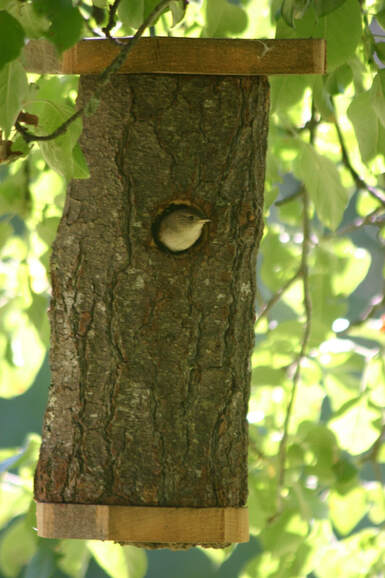
Mother (or father) House Wren ready to go on another food run for the youngsters. It's amazing how many caterpillars and other insects these little birds will capture in a day.
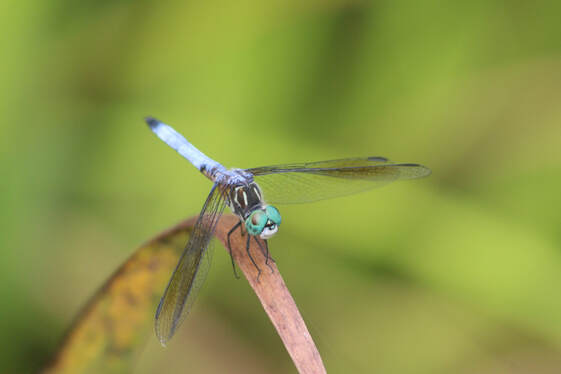
One of a number of species of dragonflies that patrol the skies above my gardens and spend their younger lives as larvae in my garden pond. Looking for a mosquito I hope.
Who doesn't like dragonflies?
Who doesn't like dragonflies?
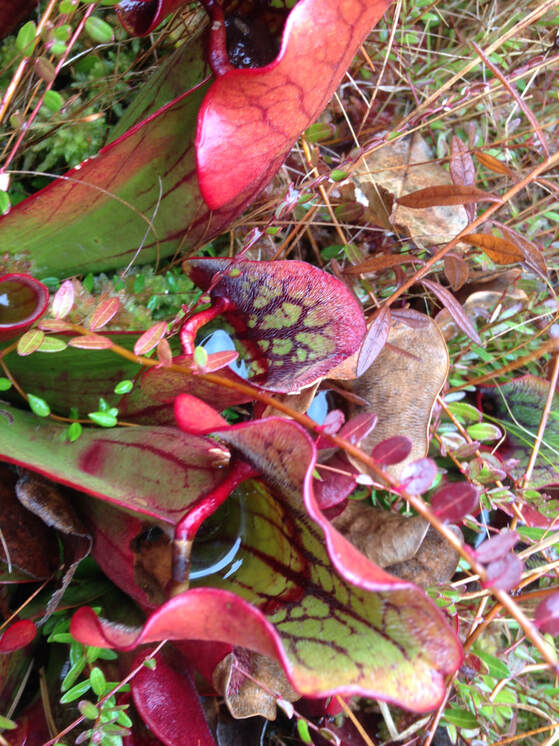
The carnivorous Pitcher plant, Sarracenia purpurea in my bog garden. They really have a negligible effect on pests, but they are beautiful and a nice conversation piece.
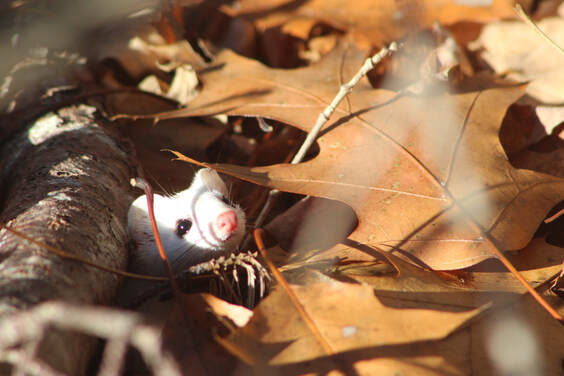
A weasel in its wintertime apparel, known as an ermine. They help keep down the numbers of mice, moles and voles. In the last few years, voles and mice have become epidemic, so I'm glad to see this guy around.

An Ichneumon wasp showing its long ovipositor tail which it uses to drill into plant material and deposit its eggs into a caterpillar. A bit scary to look at, but harmless to humans and helpful to us gardeners
The Spatulate leaved Sundew, Drosera leucantha in my bog garden. Like the Pitcher Plant, this carnivorous plant has a negligible effect on insect pests in my garden, but it does look cool, doesn't it?
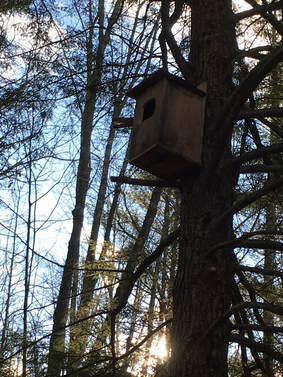
I recently built and installed this birdhouse 20 feet in a tree in a swampy forested area near my house. It's for the Barred Owl, Strix varia, a common owl in Maine that eats mice and voles among other small creatures. Mice and voles have become rampant recently, and I hope some nearby owl (I hear them frequently) will take up temporary residence. "Who, who, who cooks for you".
